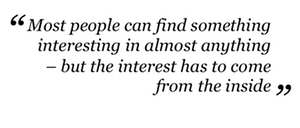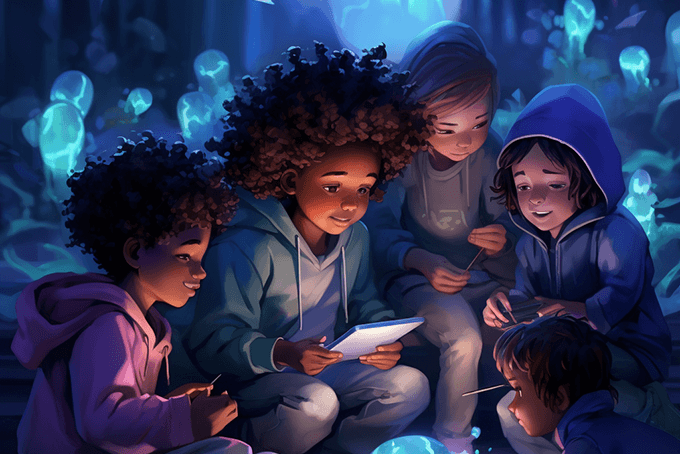Perhaps the most frustrating aspect of learning and guiding the learning of others, such as our kids, is that many of the “obvious” things to do sometimes just don’t work. They should. Everyone seems to agree. But they don’t. And for years I’ve been asking why.

My first hint that not all was what it seemed to be occurred many years ago in my high school in Australia. I was always an “A” student, and in my final year I aced a physics test. The principal was so proud of me he came into the classroom and called me to the front to praise me. Then he asked a question about some aspect of physics that was not going to be on the test. And I didn’t have a clue! It wasn’t what I had studied.
The embarrassment faded over time, but the lessons have stayed with me ever since:
- Scoring well is not the same as genuinely understanding something.
- The only way to deal with unexpected questions is to actually understand the core ideas.
- Understanding can last for a lifetime.
- And, funnily enough, when someone genuinely understands something he or she can also score very well on tests!
Those points and a whole lot of related questions have been on my mind for years. I’ve discovered a great deal through research, enjoyed several different careers, and have gone through the school of hard knocks. It turns out that there is a lot that can help all of us. So here are three very effective keys to unlocking the puzzle of great learning – and teaching and parenting.
1 – The learner needs to tap the power of personal interest
My father desperately wanted me to succeed in school. So he pushed me. I studied up to five hours a night in my final year in school, and most of what I studied was pathetically and painfully boring. Not once when he said, “you need to do this so you will succeed later on in life” did I ever believe him or care. And the fact that he personally loved math was totally irrelevant to me.

Over the years, however, I have come to see that most people can find something interesting in almost anything – but the interest has to come from the inside. It may be a direct love of some subject or skill (like math). But it may be connected to something else. Lots of kids love Lego, for instance. I have a friend who was a master at pulling math and physics and writing and social networking skills and a host of other things into her son’s love of Lego. That’s the way to go.
2 – We learn with our whole body, brain and mind.
Developing the capacity to think is vital, but it’s only part of the story. It’s just as important to take action and do something with the concepts and ideas and skills. There are many approaches on this theme – project based learning, problem based learning, action learning and so on.
At the heart of success in all of them is what Roger Schank called a “goal based scenario.” The key is to work with the learner to create a project or situation that he or she finds interesting, with a concrete end-goal in mind, and where the “content” being studied must also be used in order for the goal to be met. (I describe this in more depth in my eBook).
Why a goal based scenario? Because it naturally integrates all the aspects of a person – emotions, mind, body, movement, language, relationship and more. And when all those aspects of a human being are working together, the learning becomes deeper, understanding occurs, and some real world competence is developed.
3 – Slow down to speed up!
This key is possibly the most important, and is also the most difficult to implement. The reason? Our culture, including almost all education everywhere, is locked into speed. So we feel pressure – and we so often put pressure on our kids – to “get it now!” And all that pressure just forces them and us to memorize so we can prove to ourselves or others that we have “learned.”

For most of us, that is not the path to success. Some are slower than others, and everyone has his or her own rhythm for optimal performance. Sometimes the greatest minds take the longest time – they think and ponder and reflect and try things out. But, as was once said by the great physicist Niels Bohr, “when they get it they really get it.”
Allowing ourselves and our children time is a huge challenge. And it’s complex because speed has a psychological component. Clearly, learning does take effort. And there are limits to how much time we have available. The secret, however, is to reduce the sense of urgency. Stop the panic. Ease the pressure. Make it possible and legitimate to go back a few steps and explore things again. Use time differently.
Getting there from here
There is a lot more that we can do. It includes being creative and playful. That’s why another great physicist, Richard P. Feynman, advised us to “study hard what interests us in the most undisciplined, irreverent and original manner possible. “
The bottom line? When we get the process right, we enjoy it much more. We end up having enough time. And, surprisingly, more powerful learning just happens.



